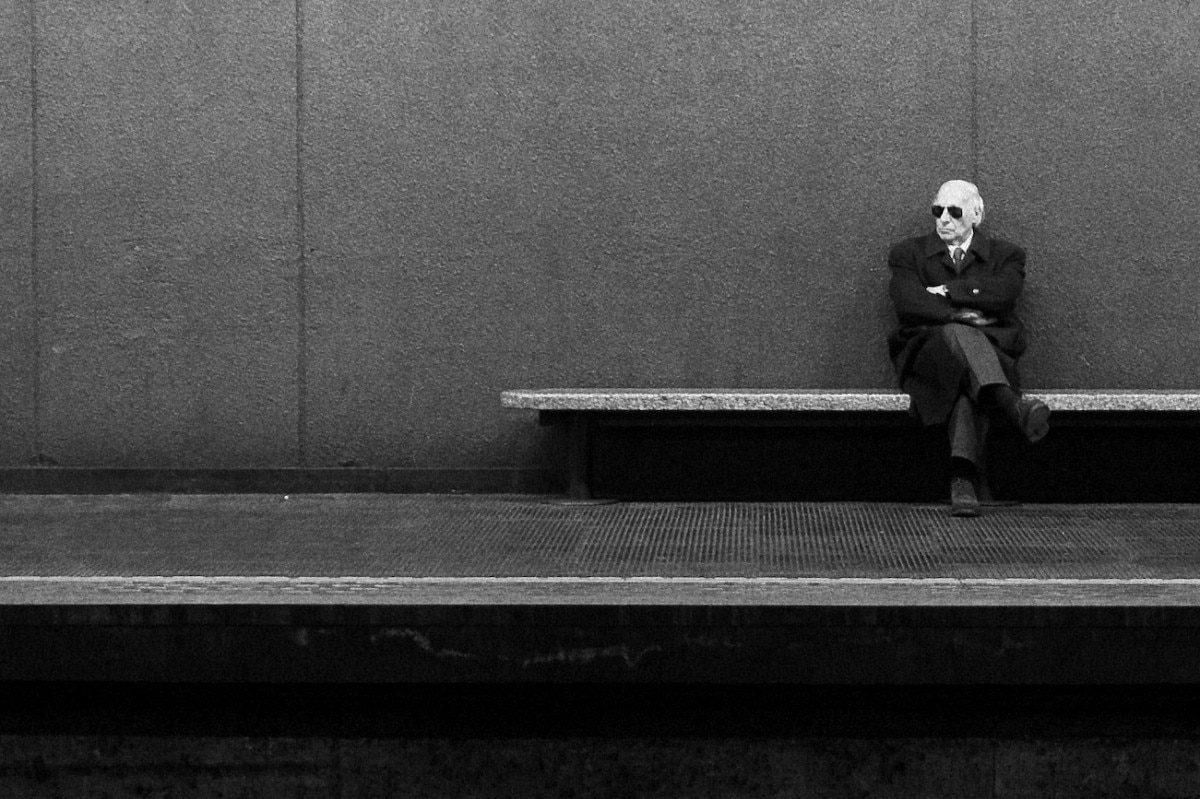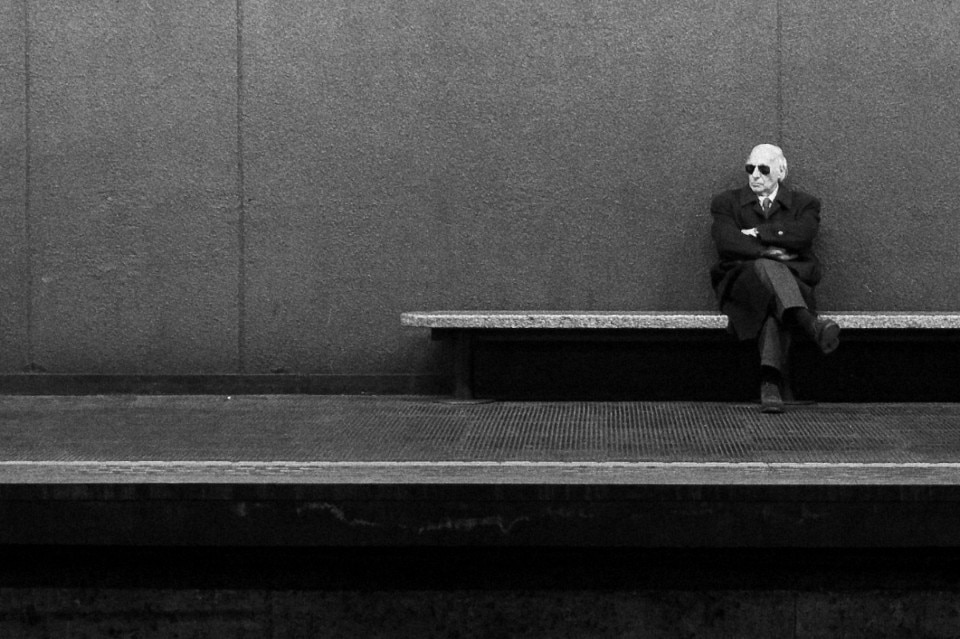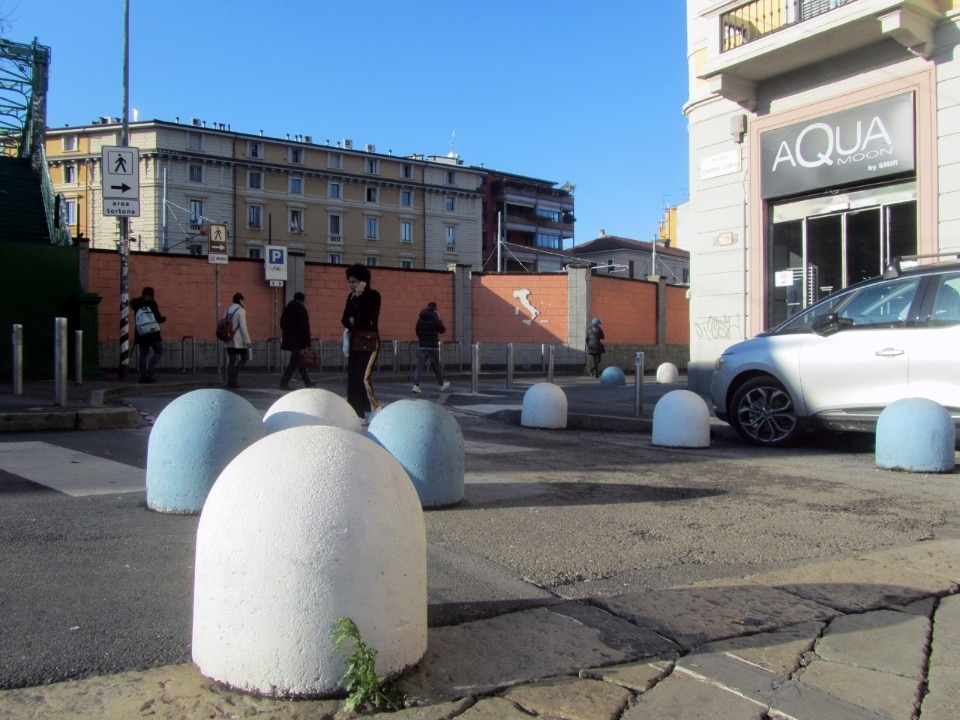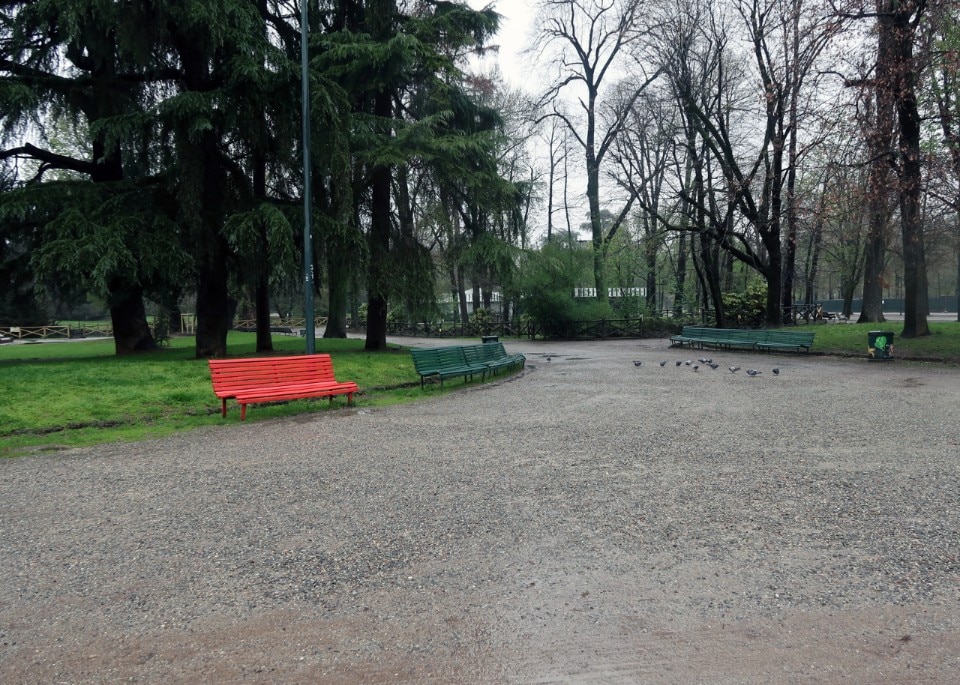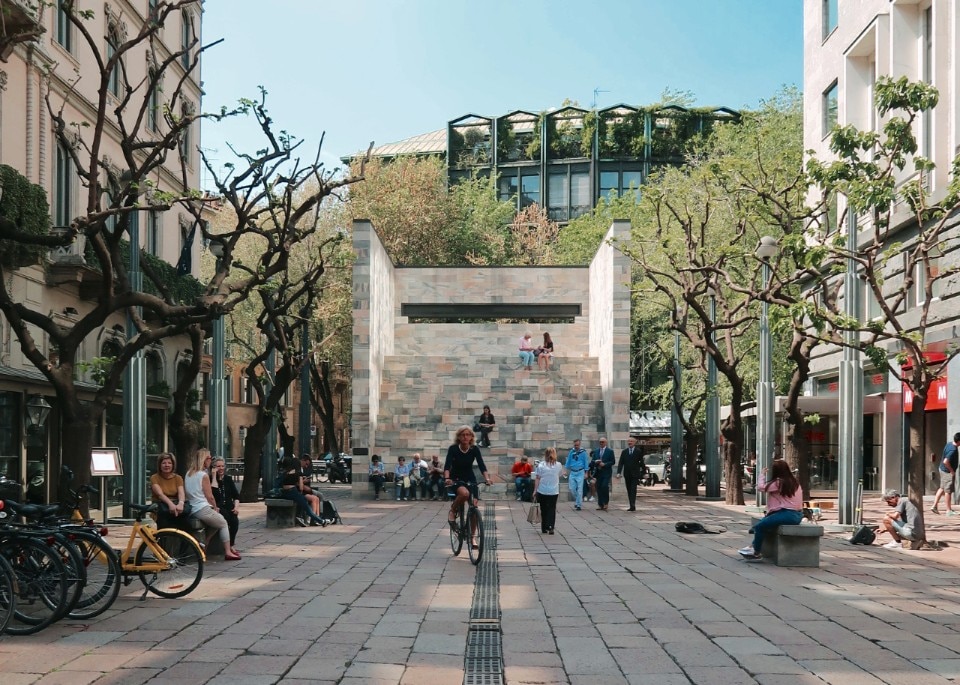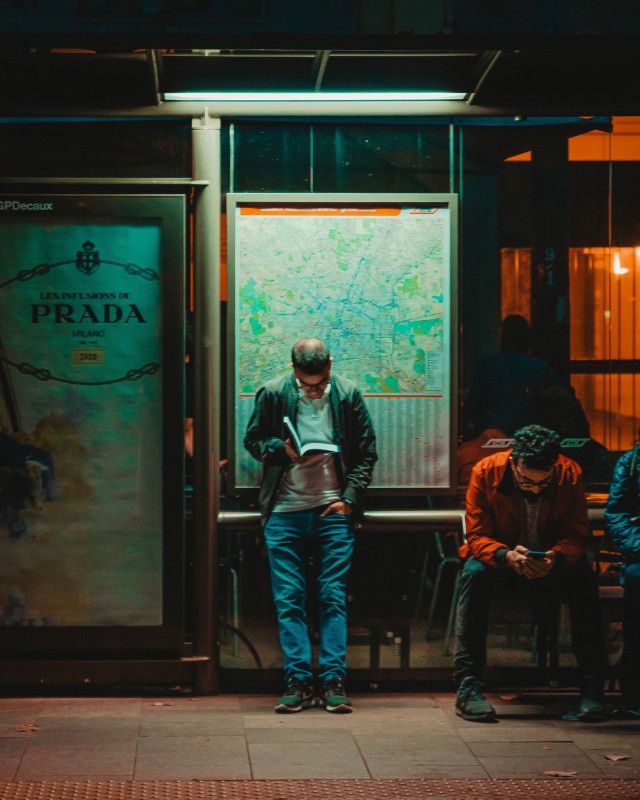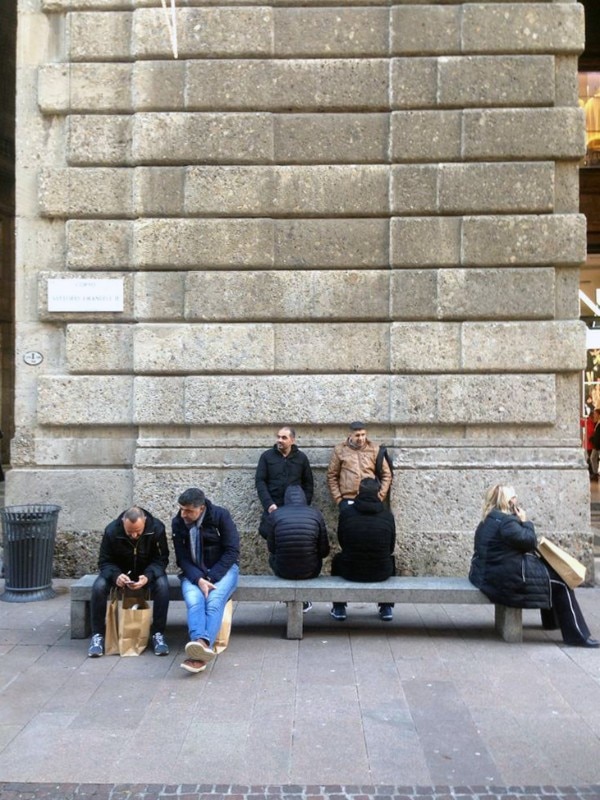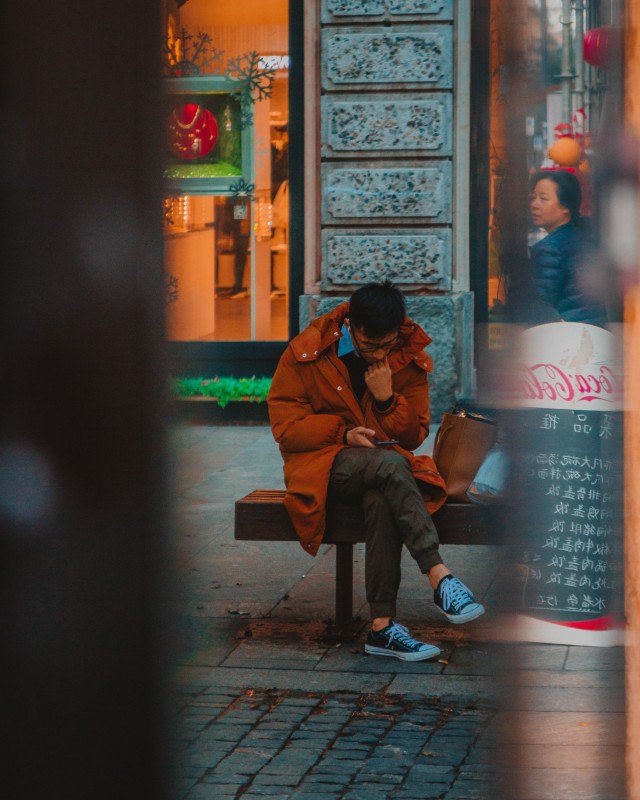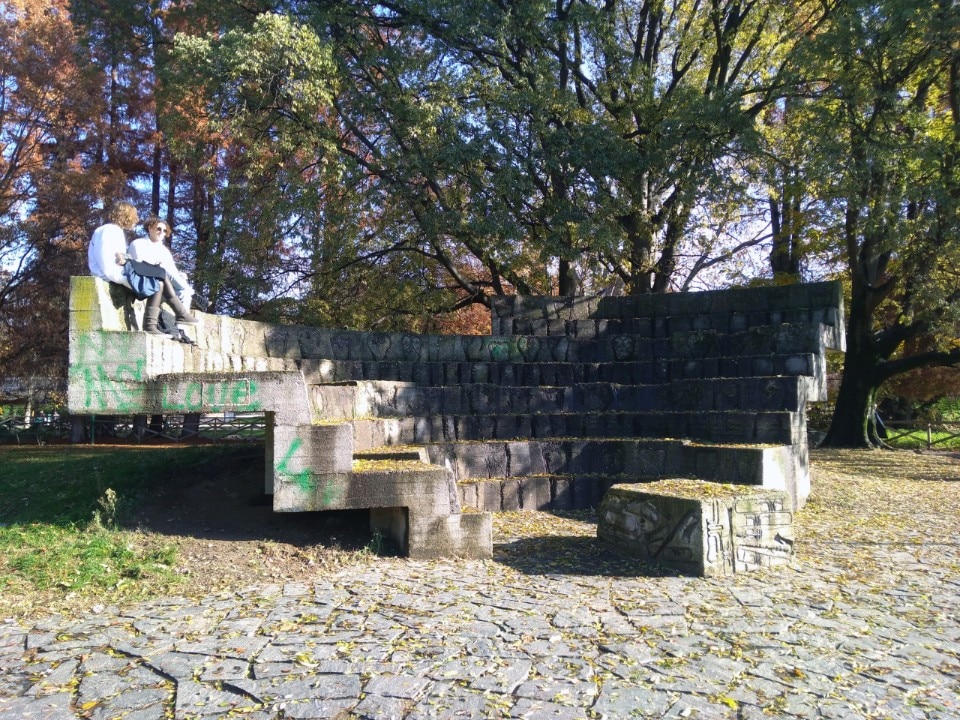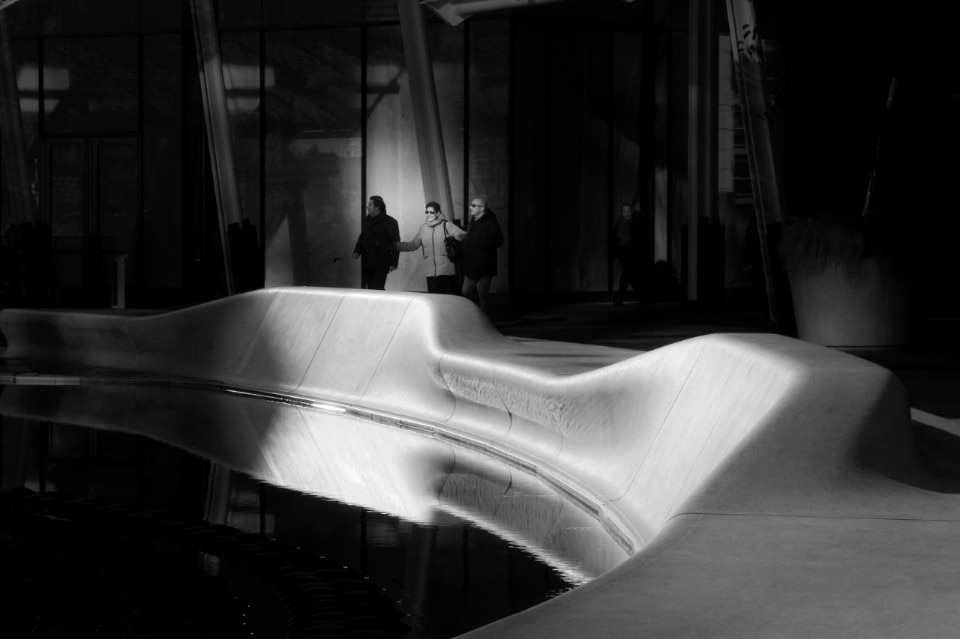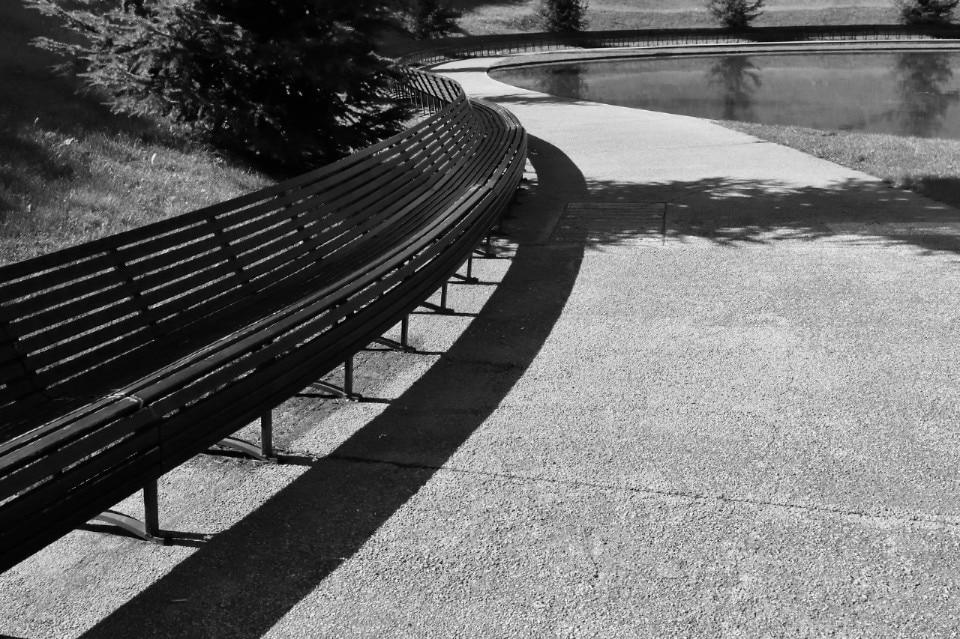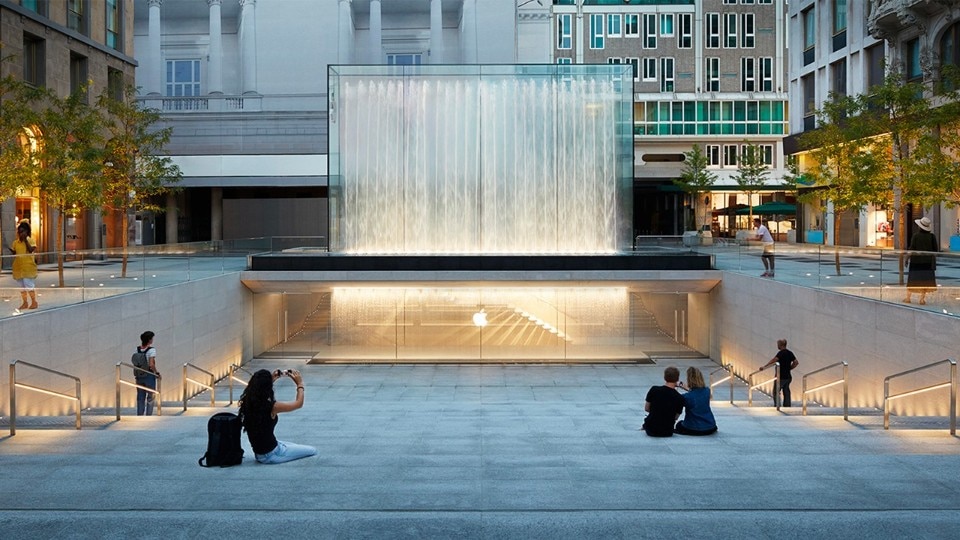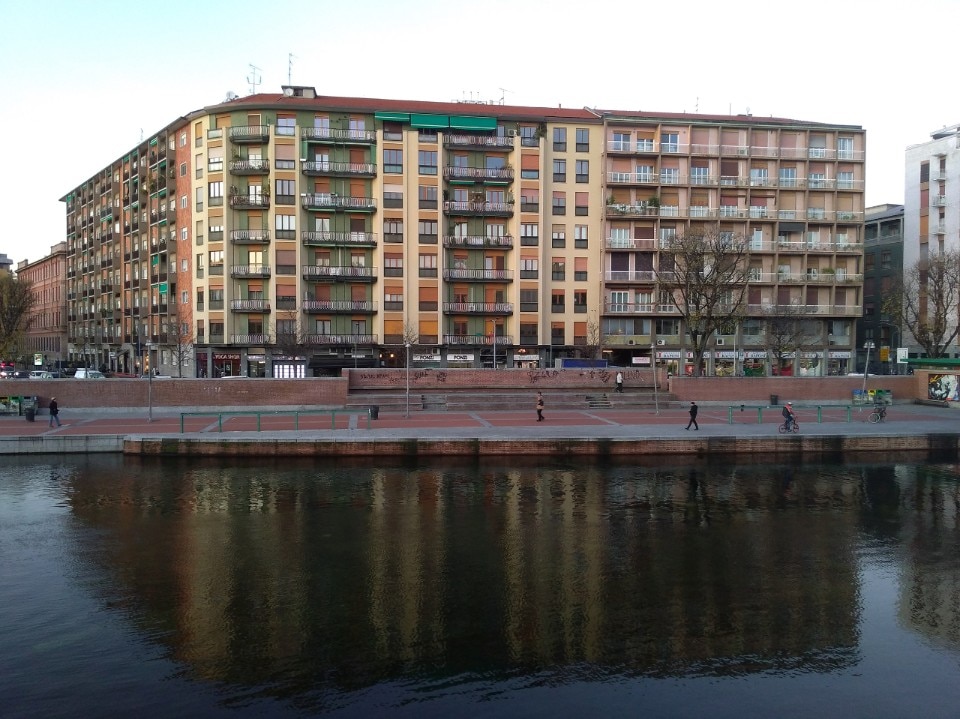In recent decades, the city of Milan has grown in terms of public and private investment. A certain flexibility granted to large real estate investors has, in return, guaranteed the birth of new services for the city and the public space generated by these urban transformations is necessarily an expression of this pluralism.
To the historical pieces of the city, from Enzo Mari’s Panettone designed for the city hall in the 1980s as a dissuader but often used to sit in case of lack of benches, to the classic wooden seat Doussie, up to those “monuments” as the fountain dedicated to Sandro Pertini by Aldo Rossi or Music storage and sitting by Armand Pierre Fernández in Parco Sempione. To these new objects that inhabit the public space were added and contribute to a new urban image.
Street furniture is by its nature built with resistant materials, well anchored to the ground to prevent someone from stealing them, easy to maintain and cheap in their construction. But first of all, to avoid the experience of an inhospitable and desolate city, they must be intelligent objects, ‘open’ and flexible in their use. The city’s ground thus becomes a great interface that can be regenerated, updated and able to give the citizen the feeling of a living space in which to recognize oneself.
By definition, public space belongs primarily to citizens, to those who appropriate it, those who love it and those who own it physically and mentally, as Ugo La Pietra asked us to back in the ’70s through his original and creative research on the city.
Starting from the assumption that ‘living’ means “being everywhere at home” and in the wake of the situationist practices of the ’60s, La Pietra seeks a contamination between private and public to eliminate the barrier between these two spheres we live in. Thus, through a reinterpretation and reconversion of urban furniture, the service structures are transformed into equipment for the domestic space: street signs become coat hangers, mailboxes become large piggy banks, kiosks become bedrooms, the fountains are converted into domestic toilets and street lighting into abat-jours.
According to La Pietra, a creative and liberating manipulation of the territory will transform every corner of the city into a potential corner for living.
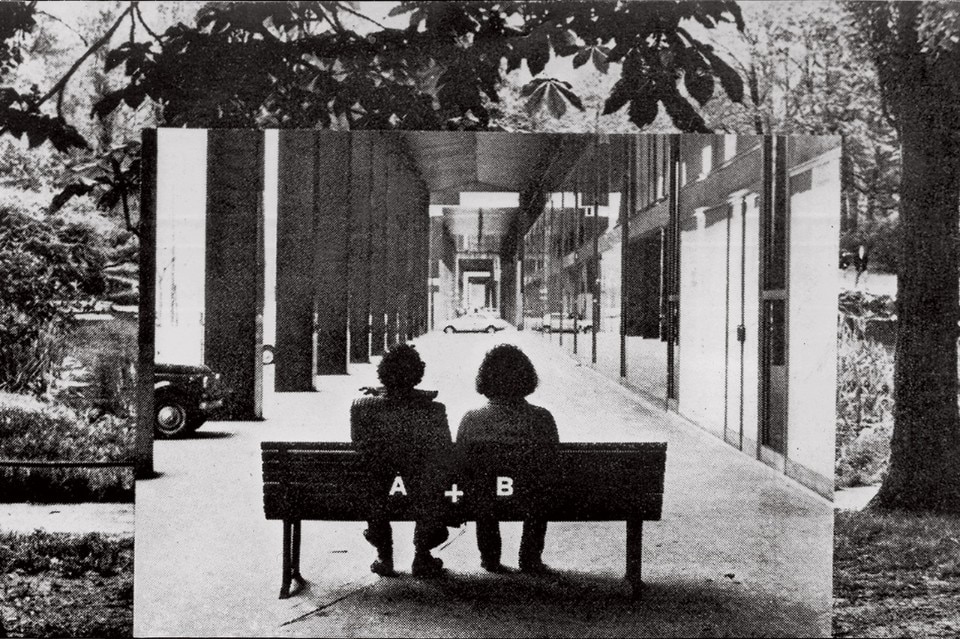
The strategy for which collective space provides both citizens’ participation and individual responsibility is a design path that we see happening more and more, from municipal administrations to other organizations active in the territory. More professional figures are called upon to guide groups of citizens in planning processes, in the hope of defining new urban scenarios that are more open, inclusive and visionary.


